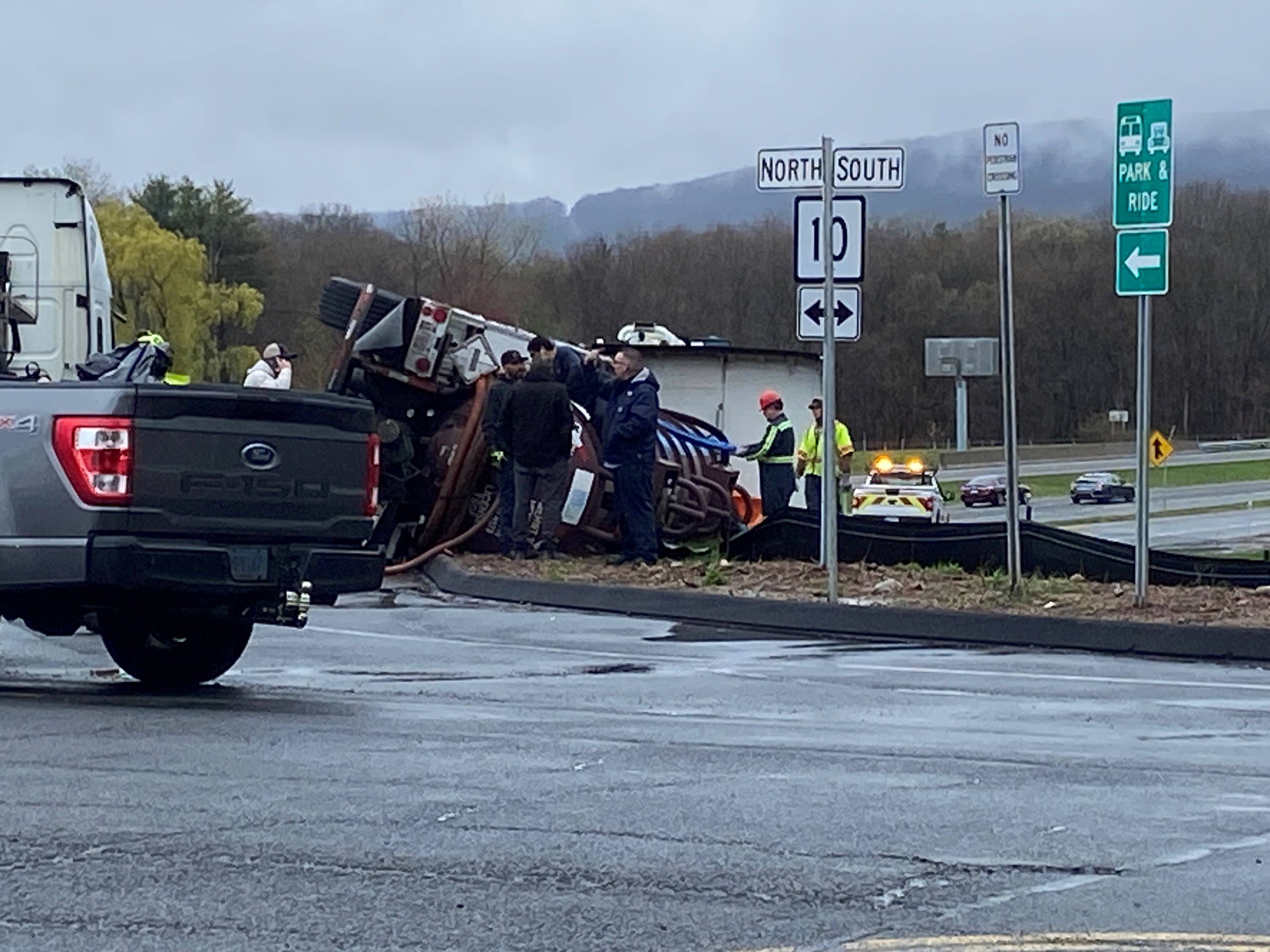On its face, the idea of forcing an emotionally unstable child alone into a small room is disturbing; no good teacher wants to do it.
And yet it happens, thousands of times a year, all over the country.
The reason is that many educators, particularly those who work with special needs students, consider seclusion an important, last-ditch method to keep a troubled, unruly kid, and his or her classmates, from getting hurt.
But the tactic has become a political lightning rod in recent years, with parents and advocates accusing schools of subjecting kids to tortuous conditions, and arguing that seclusion serves no therapeutic benefit. The last major uproars were in 2012, in Connecticut, where parents in Middletown learned that children were being put in a 10-by-6 room after acting out, and Ohio, where journalists uncovered rampant misuse of seclusion. Outrage also boiled over this year in Arizona and Oregon.
In response, a growing number of states are revisiting their policies on seclusion — and the more drastic use of restraints. Little by little, they are making it more difficult to resort to so-called "scream rooms."
"It's been a slow march, often in response to situations like the one in Connecticut," said Darcy Gruttadaro, director of the National Alliance on Mental Illness' Child and Adolescent Action Center. "There's been a steady stream of activity, but still some states have nothing. They have no regulation, no laws, no guidelines, and schools can really do whatever they want.
"Not that schools intend to harm children. But many simply don't know. They haven't been trained in effective responses to these issues."
Local
The policies are also coming under scrutiny as districts embark on broader efforts to protect schools from outside threats, and dangerous escalations within.
Seclusion is completely banned in four states, with another 13 states limiting its use to situations where someone is in serious physical danger, according to a recent survey by Jessica Butler, congressional affairs coordinator for the Autism National Committee. Twenty states have what she calls "meaningful protections" from both seclusion and restraint for all children, disabled or not.
By her count, 19 states have no “meaningful protections” for kids with disabilities, either because they have nothing on the books, or have only guidelines, which serve, essentially, as suggestions that can be ignored.
In many parts of the country, she said, a child can be put in seclusion for yelling in class or for standing up, which is not unusual among kids with disabilities, who have trouble following directions. Some states allow a child to kept in seclusion even after the “emergency” situation that put them there has passed, she said.
“A lot of people have described it as a patchwork quilt, but it’s a patchwork quilt with a lot of holes in in it,” Butler said.
Few states — Connecticut being one of them — require schools to collect comprehensive data on the use of seclusion or restraints.
The solution, many advocates argue, is a federal law that restricts or bans seclusion, and provides money to train educators to seek more proactive ways to intervene with a student who is growing disruptive. Gruttadaro said her organization is not opposed to the use of restraints when there's "an immediate danger of serious bodily harm."
But such measures have stalled in Congress. Among the opponents is the American Association of School Administrators, which represents local superintendents. It argues that the methods are necessary to prevent children from hurting themselves and others.
"Clearly there's a lot of room here for concern, but I think the solution is not to say you can't do seclusion or restraint," said Daniel Domenech, the group's executive director. "We can't let these kids pluck their eyeballs out or physical injure a student or attack a staff member.
"Some kids are big, 6-4, 250. That's a danger. Not just to themselves but to others. And you have to have the ability to restrain them and put them in seclusion in an environment until they calm down. You also have to have someone who is well trained…on where to make that intervention a last resort."
Domenech said he sees no indication that a federal bill, proposed in different forms in the recent past by Sen. Tom Harkin of Iowa and Rep. George Miller of California, will come up for debate any time soon.
"Nothing happening there," Domenech said.
Gruttadaro, however, said she expects to see a bill reintroduced in the next few months.
To her, the sooner, the better.
"Seclusion rooms are not therapeutic. There's no benefit to be gained from them. And there really is no other side to it," Gruttadaro said. "We don't need them."



